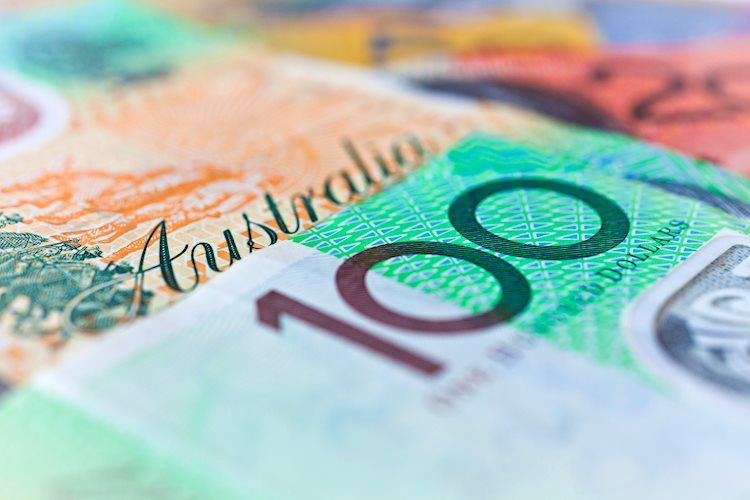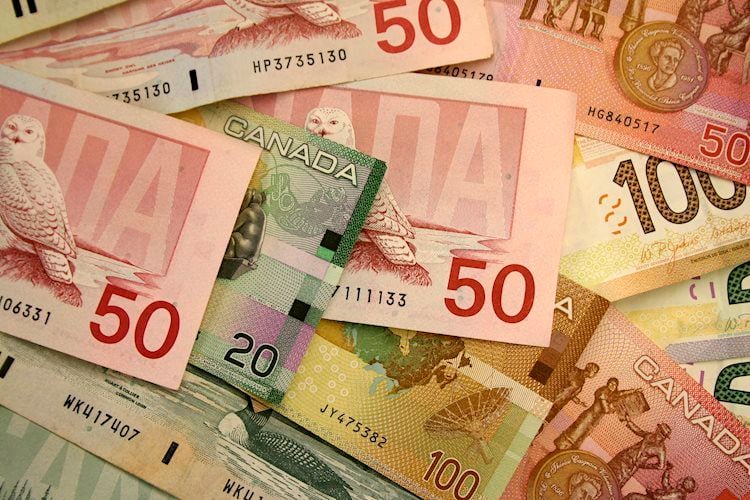Markets will be watching the Reserve Bank of Australia (RBA) meeting on July 6th, as well as Governor Lowe’s address later that day. The RBA is projected to transition to a more hawkish policy position as the economy recovers from the COVID shock, according to MUFG Bank economists. However, inflation remains disappointingly modest. Will the RBA fight market expectations for rate rises sooner rather than later?” The deterioration in sentiment towards the AUD has also been bolstered by mounting evidence of a loss of growth momentum in China, as well as the re-tightening of COVID-19 restrictions in Australia, as the new Delta variant has resulted in new cases reaching their highest level since last summer, though they remain low. We don’t expect the changes to have a significant impact on the RBA’s forecast of 4.75 percent growth this year, especially given greater growth last year “in the first quarter.”
”
At next week’s policy meeting, the RBA has already indicated that it is unlikely to move their three-year yield objective from April 2024 to November 2024. The RBA will also discuss its latest quantitative easing plans, with the current AUD100 billion tranche slated to expire in September. We expect QE purchases to continue throughout next year at the current pace of AUD5 billion per week, but the pace will be more flexible and dependent on changing economic conditions. Finally, market players will be looking to see if the RBA follows the Fed’s recent aggressive policy statement and moves rate hikes ahead from ‘2024 at the earliest.'”
“With the Australian rate market pricing in rate hikes as early as next year, the RBA is more likely to disappoint more hawkish expectations next week, adding to the AUD’s recent weakening. The Australian dollar, on the other hand, is already considerably below the levels predicted by short-term yield spreads, which should serve to limit the downside.”/n





